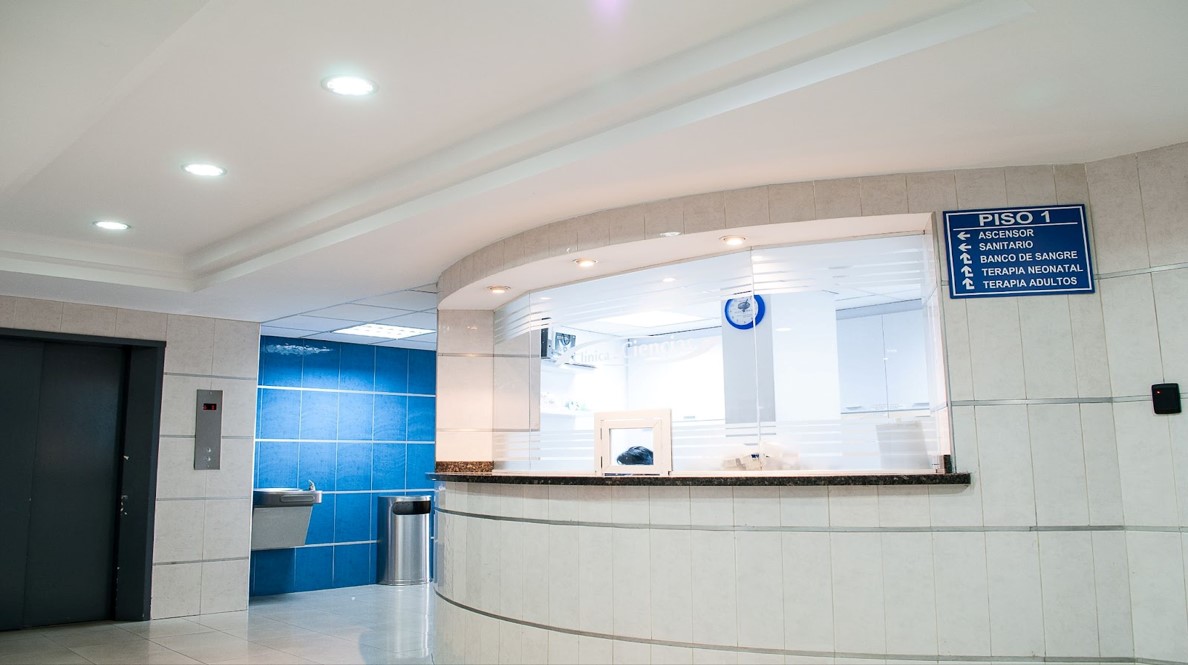
@ShahidNShah


When people walk into a hospital, clinic, or medical office, they are often anxious, vulnerable, or in pain. In those moments, the environment around them plays a powerful role in shaping how they feel. Clean floors, fresh air, and spotless surfaces can help patients feel calm and reassured. On the other hand, cluttered counters or stained seating can cause concern, regardless of how qualified the healthcare provider may be.
Cleanliness in medical settings is not just about comfort—it is about safety, trust, and credibility. Patients expect high standards because their health may depend on it. That is why healthcare environments require a level of cleanliness that goes far beyond what is expected in most other industries.
In healthcare, a clean environment can be the difference between recovery and infection. Germs and bacteria are a constant threat, especially in areas where immune systems may already be compromised. From waiting rooms to examination tables, every surface carries the potential to transmit harmful pathogens if not properly disinfected.
This is where structured cleaning protocols become essential. Unlike retail or office spaces, healthcare facilities must adhere to strict health and sanitation regulations to prevent cross-contamination and healthcare-associated infections. Wiping surfaces with general cleaners is not enough. Proper disinfection using medical-grade products and techniques is required at every step.
To ensure these standards are met consistently, many clinics and private practices turn to trusted providers who specialize in Medical Office Cleaning. These services are trained in cleaning high-risk environments, following industry-specific guidelines to protect both patients and staff.
Patients often associate cleanliness with professionalism. If the floors are polished, the air smells fresh, and the waiting room is spotless, it sends a message that the healthcare team pays attention to detail. This feeling of care and organization increases a patient’s confidence not only in the facility but also in the medical care they are about to receive.
Cleanliness also reassures visitors and family members. Parents feel safer bringing in their children, and caregivers are more comfortable supporting loved ones in facilities that show clear signs of hygiene and order. It is a silent form of communication that builds trust with everyone who enters the space.
In today’s world, where online reviews and word-of-mouth matter more than ever, the appearance and cleanliness of a medical facility can influence its reputation. A single complaint about a dirty restroom or dusty equipment can overshadow even the best medical outcomes.
What makes healthcare cleaning different is the level of detail and structure required. It is not just about appearance—it is about following clinical guidelines. For example, different disinfectants are needed depending on the area being cleaned. High-touch surfaces like doorknobs, bed rails, and examination chairs must be disinfected several times a day.
Cleaning schedules are often divided into zones to prevent cross-contamination. Separate tools and materials are used in patient rooms, restrooms, waiting areas, and administrative offices. These strategies are built on best practices designed to reduce the spread of infections and ensure regulatory compliance.
Professional cleaning teams are trained to work within these systems while respecting the sensitive nature of healthcare environments. They understand how to move efficiently and discreetly without disrupting patients or staff. That combination of knowledge and care is difficult to achieve with in-house general janitorial staff alone.
While safety and health are top priorities, cleanliness also offers indirect benefits. For one, a clean space improves workflow. When equipment is properly stored, surfaces are clear, and rooms are organized, healthcare providers can do their jobs more effectively. It creates a calm, functional atmosphere where focus can remain on patient care.
Clean facilities also contribute to staff morale. Medical professionals work long, high-pressure hours. When they arrive at a workplace that is clean and orderly, it sets a positive tone for the day. It shows that management values the entire environment and everyone in it.
Finally, cleanliness can improve patient retention. When patients have a comfortable experience—from check-in to checkout—they are more likely to return for follow-up visits and refer others to the practice. Cleanliness becomes part of the overall quality of care, helping a facility grow and maintain long-term relationships.
Finding a cleaning company that understands healthcare requirements is essential. A provider that treats a medical office like a typical commercial space is likely to miss important safety details. It is important to work with teams trained in the unique needs of the medical field.
An ideal partner will have experience in infection control, use EPA-approved disinfectants, and offer flexible scheduling to clean during low-traffic hours. Teams should be discreet, professional, and well-versed in patient privacy and confidentiality.
Services like Professional Cleaning for Medical Facilities offer customized plans for practices of all sizes. Whether it is a small private clinic or a busy outpatient center, they bring structure, reliability, and peace of mind. Their role goes far beyond appearance—they help protect lives.
Healthcare providers work hard to offer the best treatment, accurate diagnoses, and compassionate care. But without a clean and safe environment, even the best efforts can fall short. Cleanliness should never be an afterthought. It is part of the care patients receive from the moment they walk through the door.
By treating cleanliness as a critical part of operations, medical facilities send a clear message: every detail matters. Every surface, every room, every interaction is handled with care. That level of dedication builds trust, improves outcomes, and enhances the patient experience in ways that go far beyond the clinical.

A dental visit with a child is an excited start towards a healthy life. It concerns parents as to what will go on during the visit and how their child will react. The bright side is that the process …
Posted Oct 8, 2025 Pediatricians
Connecting innovation decision makers to authoritative information, institutions, people and insights.
Medigy accurately delivers healthcare and technology information, news and insight from around the world.
Medigy surfaces the world's best crowdsourced health tech offerings with social interactions and peer reviews.
© 2025 Netspective Foundation, Inc. All Rights Reserved.
Built on Dec 16, 2025 at 1:07pm